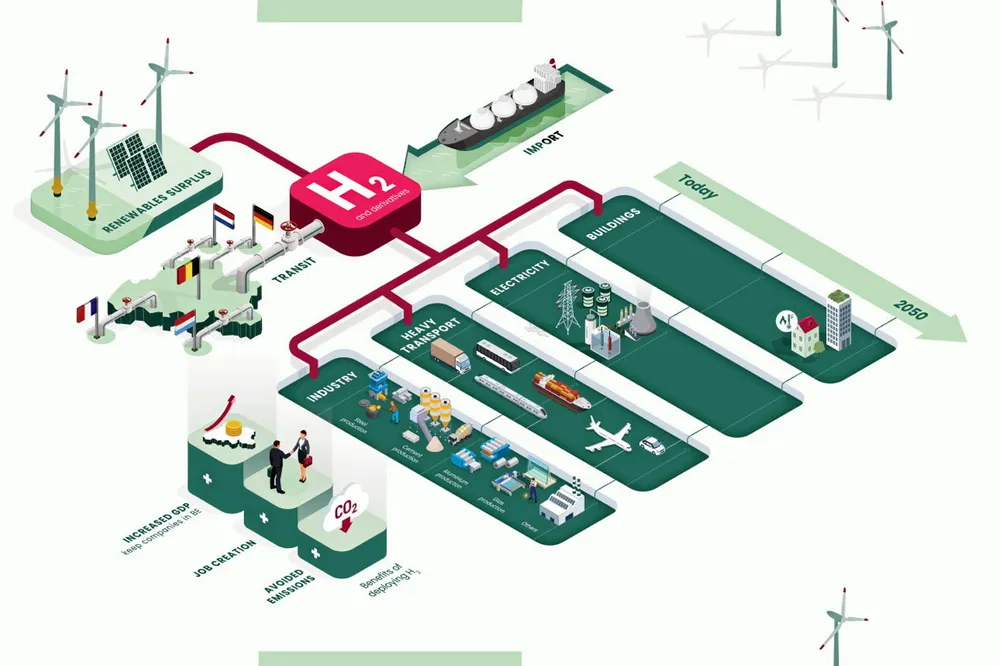Belgium plans to become green hydrogen import hub for Europe in updated national H2 strategy
Document states that 20TWh of clean hydrogen and derivatives will be imported by 2030 — with much of it flowing to neighbouring countries

Document states that 20TWh of clean hydrogen and derivatives will be imported by 2030 — with much of it flowing to neighbouring countries
